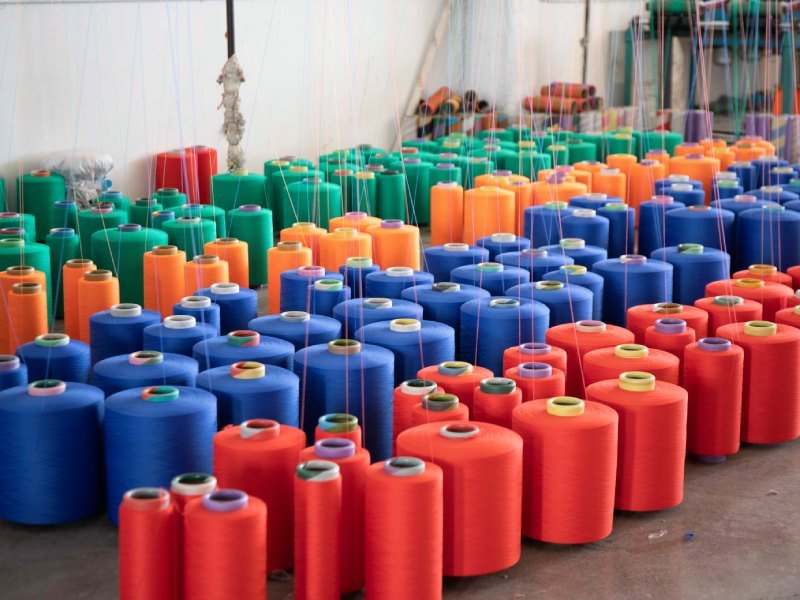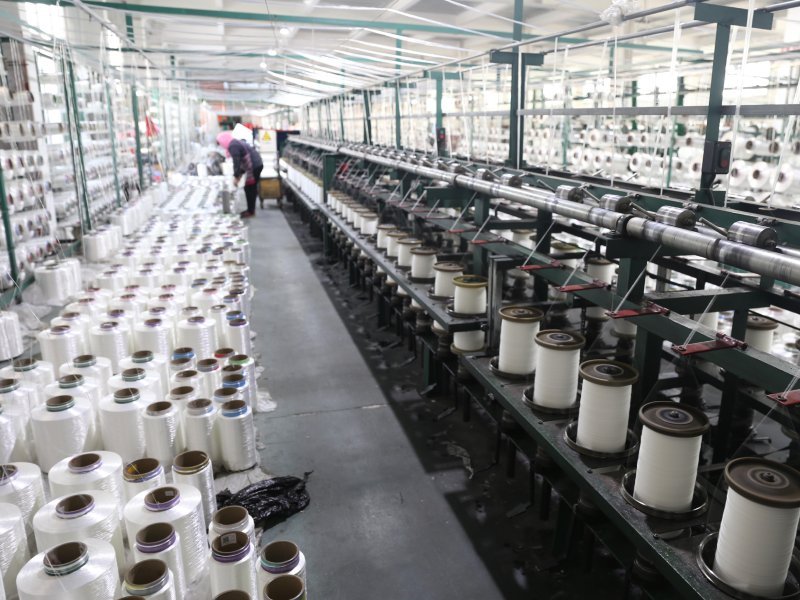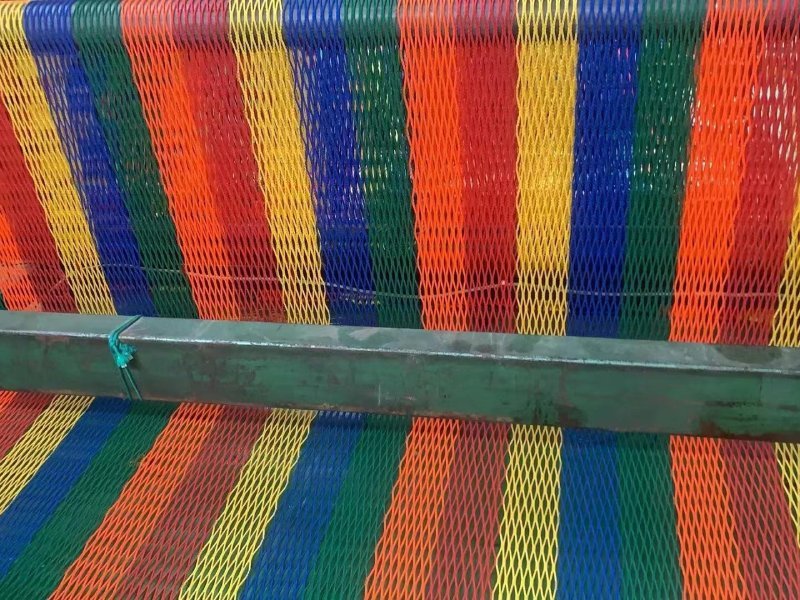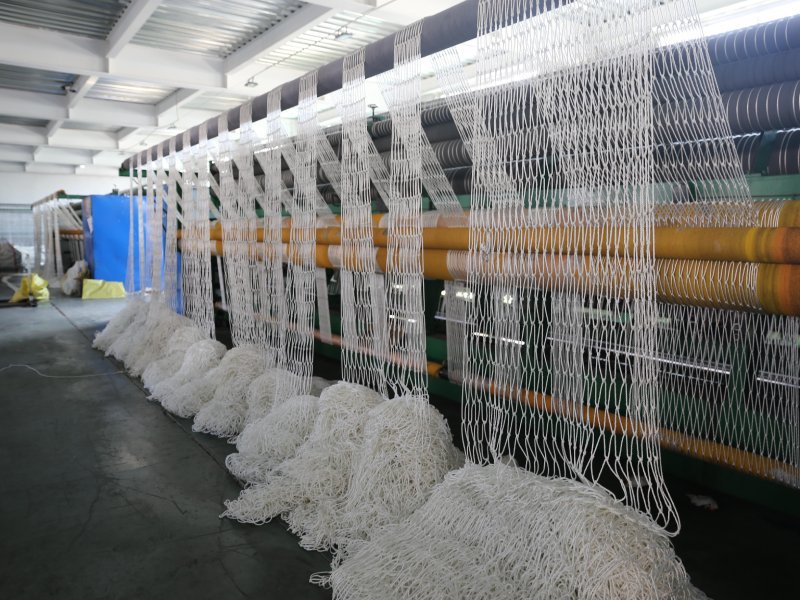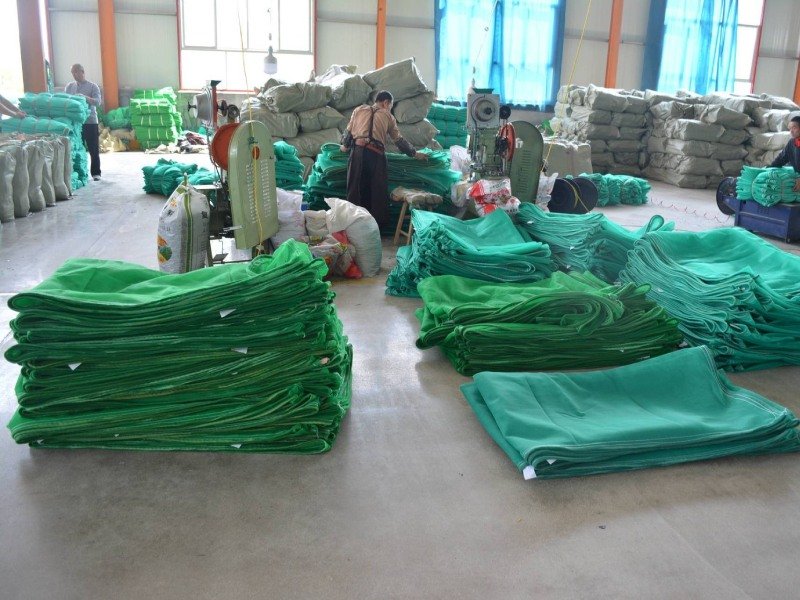Agricultural Netting for Smarter Farming & Crop Protection
Our durable agricultural netting helps farmers and agribusinesses protect crops, livestock, and greenhouses from pests, harsh weather, and UV damage. Whether you need shade nets for temperature control, bird nets for fruit protection, or windbreak nets for field stability, our nets are built to last. Custom sizes, colors, and strengths available—let’s grow smarter together!
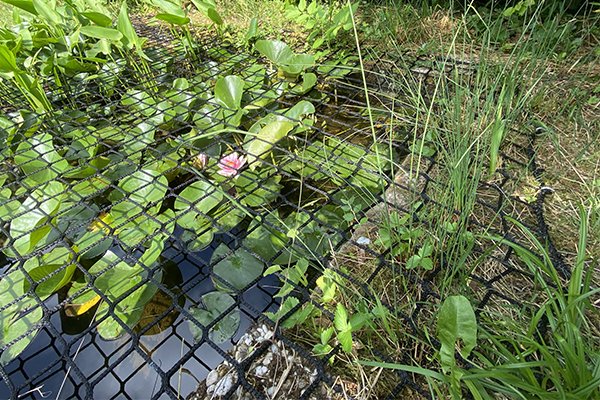
Agricultural Netting Sub-Categories

Shade Nets
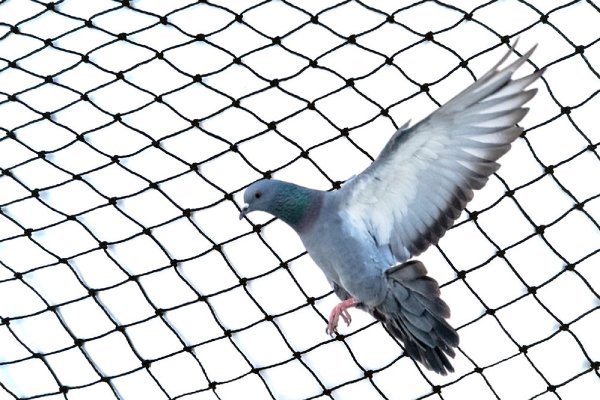
Bird & Pest Nets
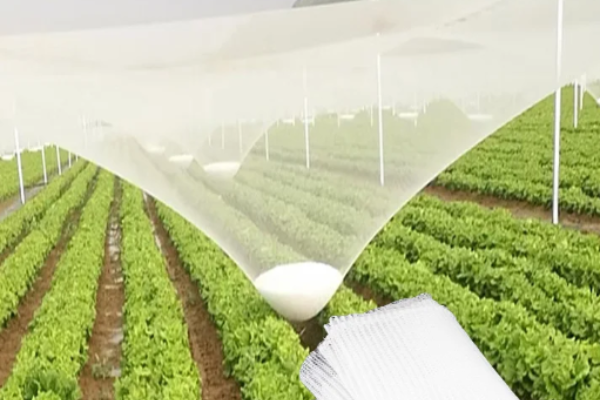
Anti-Hail Nets
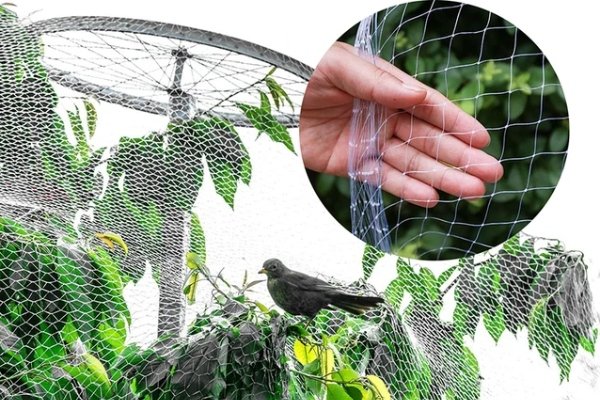
Built to Last: Heavy-Duty Nets That Withstand Extreme Weather
Farmers need nets that won’t tear after one season. Our high-density polyethylene (HDPE) nets are UV-stabilized and reinforced for 5+ years of use, even in intense sun or storms. Rigorous SGS-tested tensile strength ensures no breakage under wind pressure, saving you replacement costs. Plus, custom weights (50g–200g/m²) available for different climates.
Precision Protection: Tailored Nets for Every Crop & Challenge
Not all crops face the same threats. Our nets are engineered for specific needs—whether it’s 30% shade for nurseries, fine mesh for berry pest control, or extra-strength weave for hail zones. We consult with you to match the right netting to your crop type, local pests, and weather risks, minimizing waste and maximizing yield.
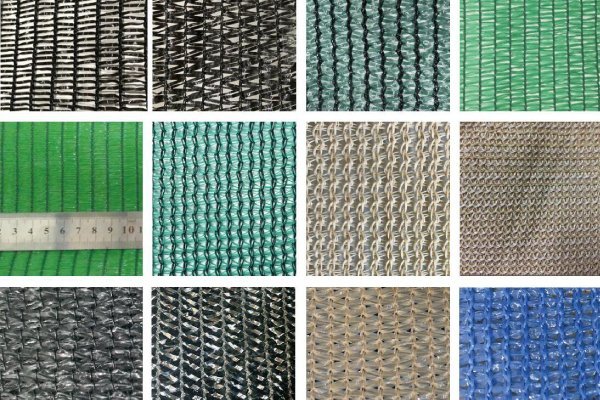
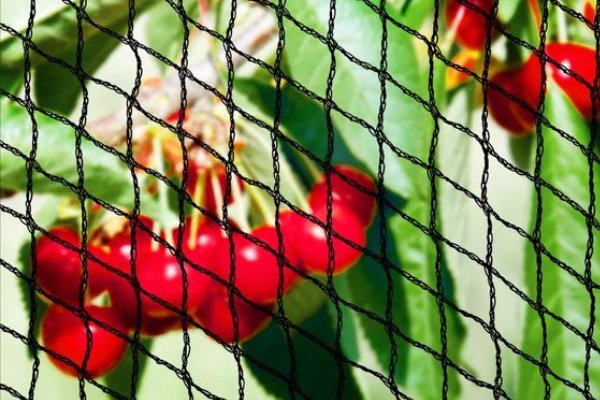
Knot-Free Weaving: Stronger Nets, Zero Snagging
Cheap nets fail where it hurts most—the knots. Our knot-free Raschel weaving eliminates weak points that tear under wind or animal pressure. 30% more tear-resistant than standard nets, with smooth edges that won’t damage fruit or scratch workers. Less downtime repairing, more time harvesting.
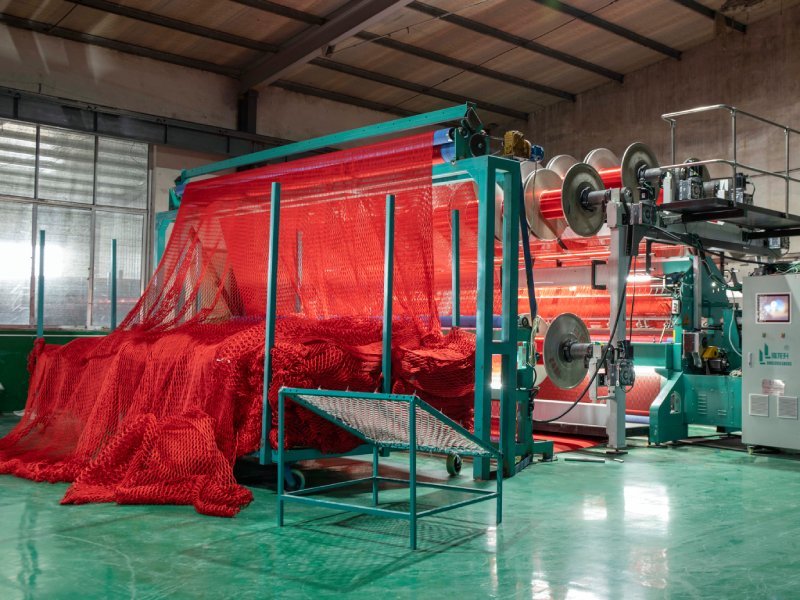
Looking for high-performance divider netting and safety netting solutions that combine durability, safety, and customization? Wenneting is your trusted partner! With 25+ years of expertise in manufacturing premium sports barrier nets, batting cages, and industrial safety nets, we help gyms, warehouses, children’s playgrounds, and sports facilities enhance safety, optimize space, and reduce costs.
- Tailored Solutions: Customize nets by size, color, material, and branding (OEM/ODM) to fit your exact needs.
- Unmatched Quality: High-strength polyester/polypropylene nets, rigorously tested for UV resistance, tensile strength
- End-to-End Support: From free samples to logistics, we streamline global procurement for traders and end-users alike.
THE ULTIMATE GUIDE
Everything Your Need to Know About Custom Agricultural Netting
Custom agricultural netting has become an essential tool for modern farmers, gardeners, and agricultural professionals seeking to protect crops, enhance yields, and adapt to changing environmental conditions. From shielding plants from harsh weather to deterring pests, custom netting offers tailored solutions to meet specific agricultural needs. This comprehensive guide explores the types of custom agricultural netting, their applications, customization options, and a step-by-step installation guide to help you maximize their benefits.
Why Custom Agricultural Netting?
Agricultural netting is designed to protect crops and livestock from environmental threats such as extreme weather, pests, and UV radiation. Unlike off-the-shelf netting, custom agricultural netting is tailored to fit specific field dimensions, crop types, or environmental challenges. This ensures optimal protection and functionality, addressing unique needs that generic solutions may not cover. With climate change increasing the frequency of extreme weather events and urbanization pushing farming into marginal areas, custom netting is a critical investment for maximizing yield and quality.
Types of Custom Agricultural Netting
Custom agricultural netting comes in various types, each designed for specific protective functions. Below are the most common types and their primary uses:
1. Bird Netting
Purpose: Prevents birds from damaging crops by eating fruits, seeds, or young plants.
- Material: Typically made from lightweight, UV-stabilized high-density polyethylene (HDPE) with mesh sizes ranging from 3/4″ to 2″ to deter small to large birds.
- Weight: 15–50 grams per square meter (g/m²), balancing durability and ease of installation.
- Applications:
- Protecting fruit orchards (e.g., blueberries, cherries).
- Covering vegetable gardens and vineyards.
- Safeguarding fish ponds or aviaries from predatory birds.
- Key Features: Non-toxic, recyclable, and available in various colors to blend with surroundings.
2. Insect Netting
Purpose: Blocks insects and small pests while allowing air and light penetration.
- Material: Fine mesh HDPE, often with a weight of 60–130 g/m², designed to prevent pest intrusion without compromising ventilation.
- Applications:
- Greenhouses and nurseries for pest-free crop growth.
- Protection of high-value crops like tomatoes, peppers, and leafy greens.
- Reducing reliance on chemical pesticides.
- Key Features: UV-resistant, fine mesh sizes for small insects, and customizable dimensions.
3. Shade Netting
Purpose: Regulates temperature and light exposure to create optimal growing conditions.
- Material: HDPE with shade percentages ranging from 30% to 90%, weighing 50–250 g/m² depending on the required shade level.
- Applications:
- Greenhouses and nurseries for temperature control.
- Protection of heat-sensitive crops like lettuce or flowers.
- Windscreens or privacy screens for agricultural facilities.
- Key Features: Lightweight, water-permeable, and resistant to horticultural chemicals.
4. Hail Netting
Purpose: Shields crops from hailstones, wind, and sudden temperature changes.
- Material: Durable HDPE with reinforced margin edges to withstand violent storms.
- Applications:
- Orchards and vineyards in hail-prone regions.
- Protection of solar panels, vehicles, or structures from hail damage.
- Key Features: Reduces hail damage by up to 98%, allows sunlight penetration, and prevents bird damage.
5. Frost Protection Netting
Purpose: Insulates crops against frost and cold snaps.
- Material: Nonwoven HDPE or polypropylene, lightweight and breathable.
- Applications:
- Covering delicate plants during early spring or late fall.
- Horticulture and orchard protection against frost damage.
- Key Features: Provides thermal insulation while allowing air and moisture exchange.
6. Trellis Netting
Purpose: Supports climbing plants to maximize sunlight exposure and yield.
- Material: Rot- and rust-proof HDPE or nylon, designed for durability.
- Applications:
- Supporting tomatoes, cucumbers, and other vining crops.
- Raised garden beds to prevent ground rot and conserve space.
- Key Features: Chemical-resistant, UV-stabilized, and easy to install.
Applications of Custom Agricultural Netting
Custom agricultural netting serves a wide range of applications across farming, gardening, and related industries. Here are some key uses:
- Crop Protection: Netting safeguards crops from birds, insects, hail, and extreme weather, reducing yield losses and improving product quality. For example, bird netting in orchards prevents significant revenue loss from bird damage.
- Environmental Control: Shade netting regulates temperature and light, creating ideal microclimates for crops, while frost netting protects against cold snaps.
- Pest Management: Insect netting reduces the need for chemical pesticides, promoting eco-friendly farming practices.
- Livestock and Aquaculture: Netting protects fish ponds from predators and provides safe enclosures for poultry or game birds.
- Urban and Home Gardening: Custom netting solutions are used in urban environments to protect balcony gardens, rooftop farms, or backyard vegetable patches from pests and weather.
- Non-Agricultural Uses: Netting can protect solar panels, create temporary fencing, or serve as safety barriers in agricultural facilities.
Custom Options for Agricultural Netting
Custom agricultural netting can be tailored to meet specific needs, ensuring optimal performance. Key customization options include:
- Dimensions: Nets can be cut to precise lengths, widths, and heights to fit specific fields, greenhouses, or structures. For example, Gourock.com offers netting panels designed to align with unique shapes, such as trapezoids or angled corners.
- Mesh Size: Mesh sizes range from fine (e.g., 8 mm for insect netting) to larger (e.g., 4″ for general agricultural use), depending on the target pest or purpose.
- Material: Common materials include HDPE, nylon, polypropylene, or high-performance options like Kevlar for heavy-duty applications. Materials can be chosen for durability, UV resistance, or specific environmental conditions.
- Color: Nets are available in various colors (e.g., black, white, green) to blend with surroundings or enhance functionality. For instance, white shade cloth reflects sunlight to reduce heat buildup.
- Weight and Thickness: Netting weight (15–250 g/m²) and thickness (0.1–6 mm) can be adjusted for durability and strength. Heavier nets are more durable but may require stronger support structures.
- Borders and Reinforcements: Reinforced edges, rope riblines, or grommets can be added for enhanced durability and ease of installation.
- UV Stabilization: UV-resistant coatings extend the lifespan of nets exposed to sunlight.
- Special Features: Options like flame retardance, cut resistance, or specific shading percentages can be incorporated for specialized applications.
When ordering custom netting, provide detailed specifications, including dimensions, mesh size, material preference, color, and intended application. Reputable suppliers like US Netting or EyouAgro offer consultation to ensure the netting meets your needs.
Installation Guide for Custom Agricultural Netting
Proper installation is critical to maximizing the effectiveness of agricultural netting. Below is a step-by-step guide to installing custom netting, suitable for both beginners and experienced farmers.
Step 1: Plan and Prepare
- Assess Your Needs: Determine the type of netting (e.g., bird, hail, shade) and the area to be covered. Measure the field, greenhouse, or structure accurately to order the correct size.
- Choose Installation Method: Decide between a canopy (covering the top and sides) or tunnel (enclosing crops in a tunnel-like structure). Canopies are ideal for large areas, while tunnels suit row crops.
- Gather Materials: You’ll need netting, support structures (e.g., poles, frames), bungee cords, wires, ties, clips, or ropes. Ensure all materials are UV-stabilized and durable.
- Check Timing: Install netting before planting or during calm weather to avoid damage. For hail netting, install before the monsoon season.
Step 2: Set Up the Support Structure
- Install Poles or Frames: Place sturdy poles or frames around the area to be covered. For large fields, use metal or wooden poles spaced evenly to support the netting’s weight.
- Secure the Frame: Use wires or cables to create a stable framework. For hanging installations, tensioned cables can be used to suspend netting curtain-style.
- Ensure Stability: Check that the structure can withstand wind and weather. Bungee cords can reduce wind pressure on the netting.
Step 3: Install the Netting
- Unfold the Netting: Carefully unfold or untangle the netting to avoid tears. Lay it out flat to ensure it covers the entire area.
- Attach to the Structure: Secure the netting to the frame using bungee cords, ties, or clips. Start at one end and work systematically to avoid gaps. Ensure even tension to prevent stress on the netting.
- Check for Gaps: Ensure there are no openings where pests or debris can enter. For bird netting, ensure the mesh is tight and secure.
- Reinforce Edges: Use ropes or grommets to reinforce edges and prevent fraying. For large installations, incorporate rope riblines for added durability.
Step 4: Maintenance and Inspection
- Regular Inspections: Check netting weekly for tears, fraying, or loose attachments. Inspect support cables and hardware for wear or rust.
- Clean the Netting: Remove debris like leaves or branches to prevent damage and maintain ventilation.
- Limit UV Exposure: If possible, store netting when not in use to extend its lifespan, especially for outdoor installations exposed to sunlight.
- Repair Promptly: Fix small tears or holes immediately to prevent further damage. Use UV-resistant patches or stitching for repairs.
Step 5: Removal and Storage
- Remove Carefully: When the season ends, remove the netting gently to avoid tearing. Clean and dry it thoroughly before storage.
- Store Properly: Store netting in a cool, dry place away from sunlight to prevent UV degradation.
Tips for Success
- Choose Quality Suppliers: Work with reputable manufacturers like EyouAgro, US Netting, or Gourock.com for high-quality, UV-stabilized netting with warranties (up to 5 years).
- Consult Experts: If unsure about specifications or installation, consult netting suppliers for guidance. Many offer technical support or professional installation services.
- Consider Environmental Impact: Opt for eco-friendly, recyclable materials like HDPE to minimize environmental footprint.
- Test Small Areas First: For large projects, test netting on a small area to ensure it meets your needs before scaling up.
Conclusion
Custom agricultural netting is a versatile and effective solution for protecting crops, enhancing yields, and adapting to environmental challenges. By choosing the right type of netting—whether bird, insect, shade, hail, frost, or trellis—and customizing it to your specific needs, you can ensure optimal protection and functionality. Proper installation and maintenance are key to maximizing the netting’s lifespan and effectiveness. With the right planning and quality materials, custom agricultural netting can be a game-changer for farmers and gardeners, supporting sustainable and productive agriculture in an ever-changing world.
For more information or to order custom netting, contact wenetting take the first step toward protecting your crops today.
Get Instant Quote
Frequently Asked Questions
Our nets are designed for fruits (berries, grapes, citrus), vegetables (tomatoes, leafy greens), flowers, and nurseries. We offer specialized solutions for orchards, vineyards, and open-field farming.
Our shade nets (30%-80% density) reduce heat stress by blocking excess sunlight while allowing airflow. This prevents leaf burn, conserves water, and maintains optimal growing conditions.
Yes! Our fine-mesh bird nets (10mm-20mm) also deter insects, bats, and small rodents, reducing the need for chemical pesticides.
Absolutely. Our high-density windbreak nets (50g-120g/m²) reduce wind speed by 50-70%, protecting crops from lodging, sand abrasion, and soil erosion.
Yes! We provide UV-stabilized HDPE nets (5+ year lifespan) and optional fire-retardant coatings for high-risk areas.
Small mesh (2mm-10mm) for insect protection, medium (10mm-20mm) for birds, and large (20mm-50mm) for wind control. We’ll recommend the best fit.
Yes—we tailor width, length, grommets, and edge reinforcements for greenhouses, trellises, or open fields. Send us your specs!
Standard nets last 5-8 years; heavy-duty options (with extra UV treatment) can exceed 10 years in harsh climates.
Get Free Sample
Our Past Custom Safety Netting Projects
Every farm has unique challenges—that’s why we design nets to fit exact needs. For a Spanish vineyard, we developed extra-wide anti-hail nets with reinforced edges to handle mountain winds. A Kenyan flower grower uses our 50% shade nets with cooling vents to reduce heat stress. Browse our case studies

